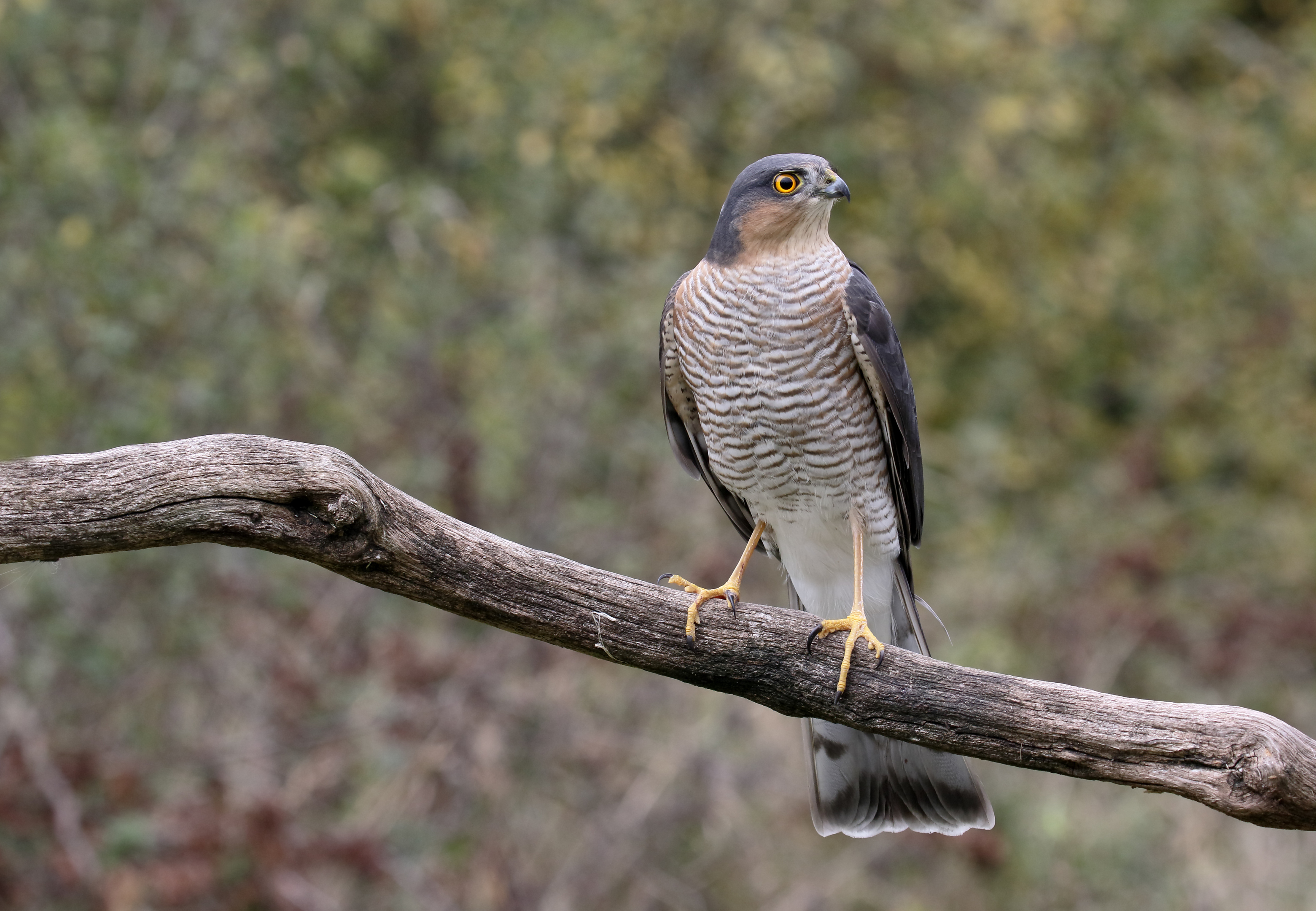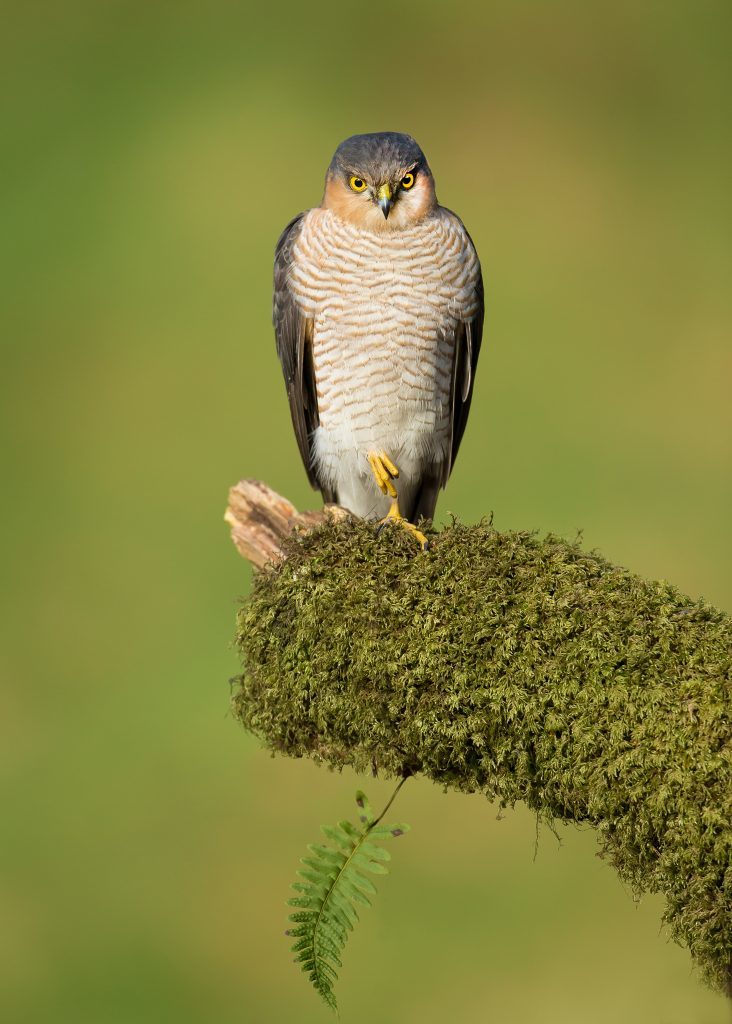From atop the narrow ridge I watch the sparrowhawk skim over the woodland canopy, tumbling a small flock of siskins in his wake. But the hawk shows no interest in these little finches and glides low over the brow of a hill without a single beat of the wings.
Perhaps he is heading to a favoured hunting ground or an oft-used perch. The siskins quickly settle and all is quiet again. What else is around? I sweep the area with my binoculars and down on the woodland floor in a flooded section of willow carr a moorhen carefully treads through the shallows, its stumpy tail constantly flicking.
It needs to be careful because there will be mink about and each step is taken with measured caution. The toes seem impossibly long, but they are perfect for supporting the moorhen on the dark oozing mud. I watch the bird for a while longer until it disappears into a thick tangle of half-submerged branches.
This wooded ridge near Tillicoultry in Clackmannanshire is such a wild place and one with a special draw. But this is no natural feature and when I claw my hands across the soil, tiny fragments of coal stick to my fingers. I am standing on a spoil heap from an old coal mine, yet nature has totally consumed these past industrial workings.
Birch, sycamore, ash, alder and willow all abound and bird song rings through the air in spring. Wild strawberries thrive here and there are other surprises too, including broad-leaved helleborine, a tall and rather striking orchid which flowers in late summer.
I find this power of nature to reclaim past losses so reassuring. Coal was mined here extensively until the mid-1960s but today it is wildness that reigns supreme. Not so long ago this would have been a noisy and bustling place, coal wagons trundling to and fro, the excited shouts of miners and the constant clings and clangs from the excavations below ground. Such clamour is now replaced by the gentle winter warble of a nearby robin.
I head for home, cutting down towards the flood meadow of the River Devon and then striking a course upstream. This river too is a resilient survivor from our industrial past. From the mid-19th century onwards pollution from textile mills, bleach fields and the wash-out from mines would have devastated much of the river’s wildlife. But now it runs clear and pure.
I disturb a dipper by the water’s edge and it whirrs upriver on stumpy wings before alighting on a rock. Dippers are like natural barometers, their presence an indicator that there is plenty of underwater invertebrate life for them to feast upon – caddis and mayfly nymphs and the like.
This is a river that has recovered from years of neglect; a microcosm of the inherent ability of nature to bounce back if given the half the chance. It’s simple really – provide the opportunity and nature will do the rest.
Info
Winter is a good time to see teal, goldeneyes and goosanders on our rivers. In spring and summer, daubenton’s bats are often seen swooping low over rivers at dusk, feeding on hatching flies.











